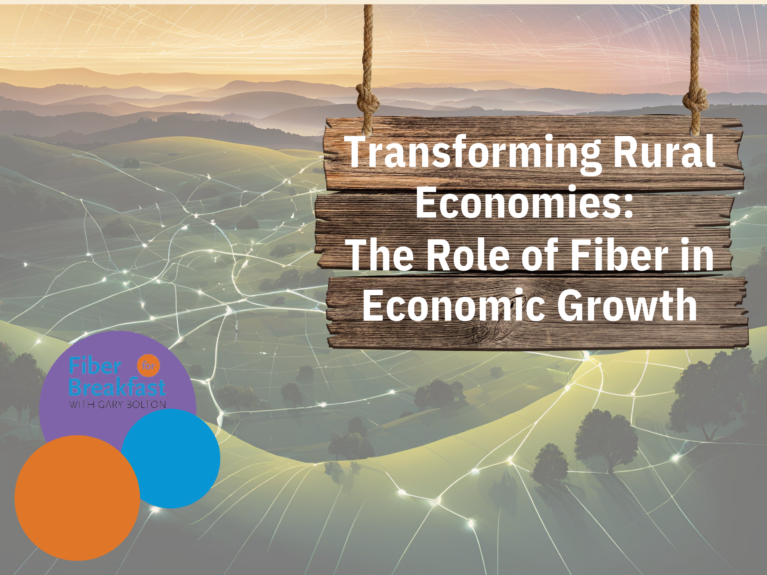Permitting, Pizza Timers, and the Power of Donuts
Permitting, Pizza Timers, and the Power of Donuts
Navigating the permitting process requires plenty of advanced planning, but one of the most powerful tools to facilitate the process isn’t software or consulting, but a continued effort to communicate with agencies who own the process to make sure they understand the requirements and needs of construction projects. This requires a low-tech, high touch approach, one that isn’t delivered via email or web portal.
On this week’s Fiber for Breakfast episode, Ryan Kudera, Manager, Client Services, Finley Engineering, noted, “We’re seeing a lot more electric submissions, a lot more electronic interaction [on permitting]. The one thing we don’t see is your pizza timer [showing when things are done]. You make the order, you watch the timer for when it’s going to get to your house. That just doesn’t exist in permitting. You throw the permit in, it’s in the oven, and most the time it comes out burnt. There is no specific viewpoint of figuring out where the process is, and this is where the relationships come in.”
Kudera’s experiences in building networks in Wyoming emphasize the need to build relationships with permitting agencies and the people there doing the heavy lifting, not to simply show up when you want an answer. This requires taking the time to sit down with the permitting staff before you begin, once you submit permits, and checking in on a regular basis, preferably by using the power of hospitality.
“They can’t take donations, but they can accept donuts and coffee,” said Kudera. “Believe me, 20 bucks for donuts and coffee once a month goes a long way when it comes to understanding where your permitting process may be.”
Kudera outlined four steps for navigating the permitting process successfully. Step 1 is analyzing the fiber route and the permitting requirements needed along it. Step 2 is building the proposed route maps and having the various land ownership and easement records associated with it.
Step 3 is understanding the regulations that exist around the needed permits and why they are there. “You have to understand the agency, or agencies, responsible for processing the permit,” said Kudera. “You have to understand how they work, what they’re doing. When we have to request meetings with personnel to seek additional information on regulations, process, and unpublished issues, my go to is go in and say, ‘Hey, I’m the stupidest guy here. Can you help me understand this?’ And most people are very helpful and will try and help you get through whatever needs to be done.”
Step 4 is fostering a community of effort to ease the process for all involved, including the agencies and builders. It requires maintaining the relationships started with permitting agencies and government which (hopefully) started at Step 1 and making sure that permitting is a collaborative effort instead an adversarial one.
“Once submitted, keep communicating,” said Kudera. “Don’t just set it and forget it. You know what? We all love grandma’s cookies, but even she set the timer.”
To learn more about the process of permitting and the power of donuts, tune into the latest Fiber For Breakfast.
# # #




